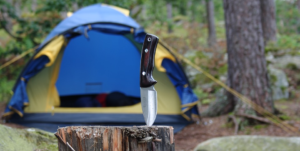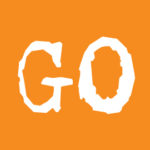Maybe you think you need a little something else before going on your camping tour… It is true that a good blade can become quite handy in the forest. Let us be clear though: fighting off a grizzly with nothing but a big knife, that only happens in Hollywood! Still, here are a few concrete tips on how to choose a proper knife for your outdoor activities. This may sound familiar, but it’s still worth repeating.

- Beware the fake: many of the knives sold in shops are made after models from movies, like Rambo’s cutlass. Although they may look cool in a shop, they are useless in the wild. Another problem would be the massive distribution of counterfeits. Stick to the most famous brands like Buck, Benchmade, Puma, Boker, Spyderco, Sog or CRKT, and make sure the blade bears the exact mark of its creator: it is a good way to guess a knife’s true value. Remember: sobriety is the first quality of a knife, the second being stainless steel.
- Teeth knife or regular knife? It all depends on what you intend to do with it. If you want to cut wood, ropes, plastic or any other such material, a teeth knife would be perfect. If however you need to cut clean and straight, a regular knife would be better. Or you could just have them both in a combo knife with straight part at the end of the blade and teeth at the front. Remember that this feature will usually affect the price greatly. But there isn’t much that a camper cannot do with such a tool!
- Fixed blade: Again, it all depends on how you intend to use it, but it is usually better to have a fixed blade knife than a folding knife. The first will be more durable while the latter will inevitably get dirty with sand, salt and dust, making the mechanism less effective. Fixed blades are safer, stronger, and actually longer (between 4 and 7 inches).
- You need to wash it! So stay away from engraved blades and handles made of leather, ivory or any natural matter: cleaning the knife will damage those quicker. The price of your knife could actually even be more about the handle than the blade! If you do have such a knife, clean the handle with a rag soaked with olive oil and always ask for a holster: it makes it easier to keep your knife clean.
- Carry it in a holder: You don’t want to find yourself falling with a knife in your head. Do not move on without placing it back into its case: that is a very simple reflex to have, even if you’re just moving around the campground. You should also know that although a leather case will make you look like a trapper, it deteriorates quickly, distorts and is usually vulnerable to humidity. So you should probably stick to a holder made of synthetic materials.

Remember: a good knife can be an expensive object, but it will be worth it. In the end, a quality knife will be less expensive and less cumbersome. For example, you won’t need an axe to cut down trees! Just put the blade on the trunk (but still, keep away from giant sequoias) then cover the blade with a rag. Don’t keep it perpendicular to the trunk, but orientate it a little toward your face so it cuts cleaner. Then just gently hammer the covered blade with something strong (rock, piece of wood…) and soon you’ll have yourself a nice log! It is better to circle the tree as you cut it to save time. Trust me when I say this is a trapper’s method.





